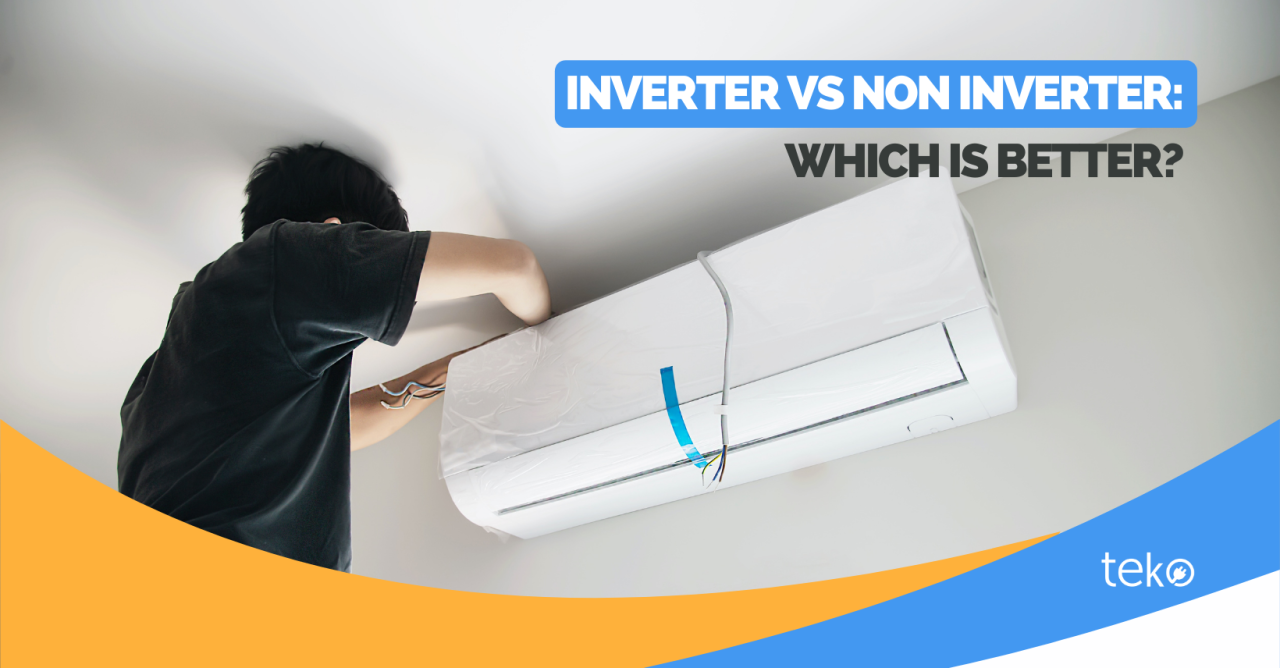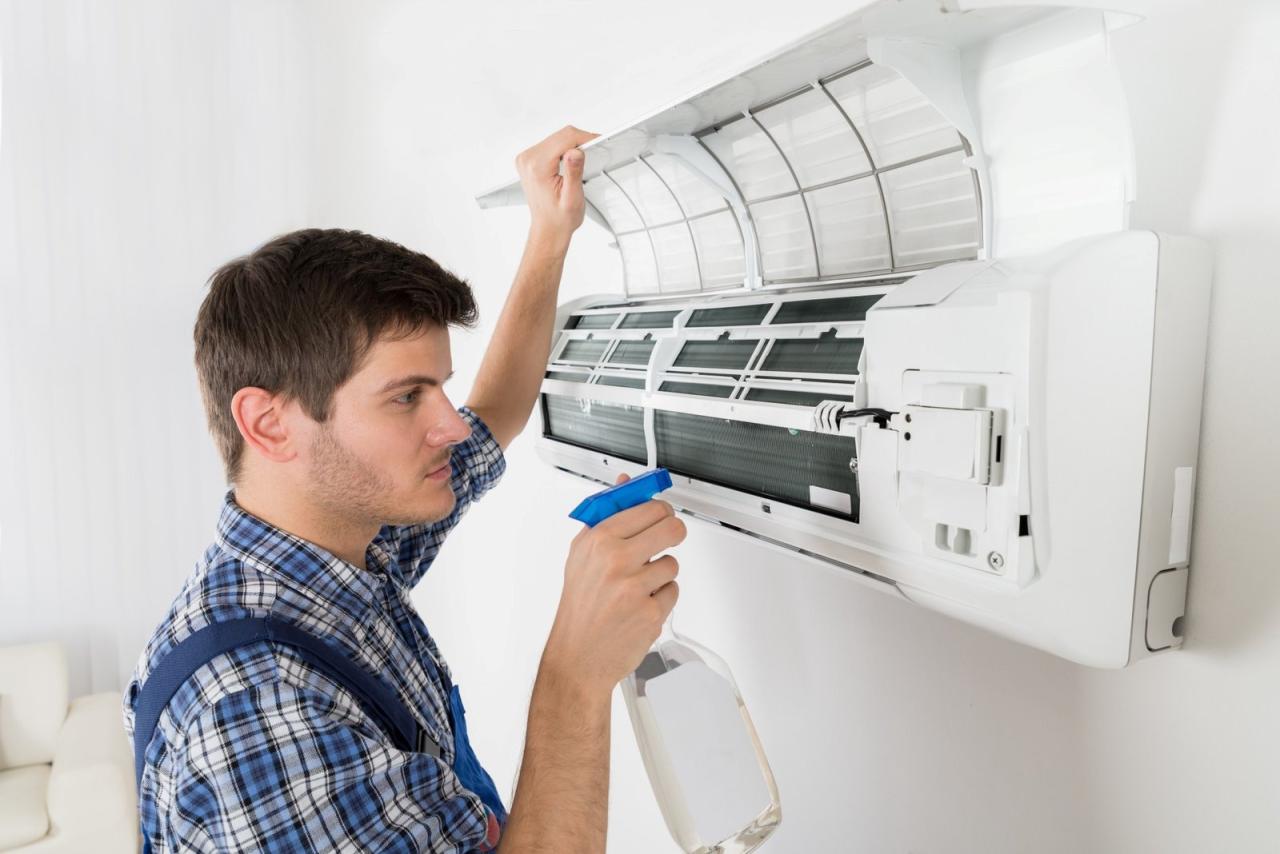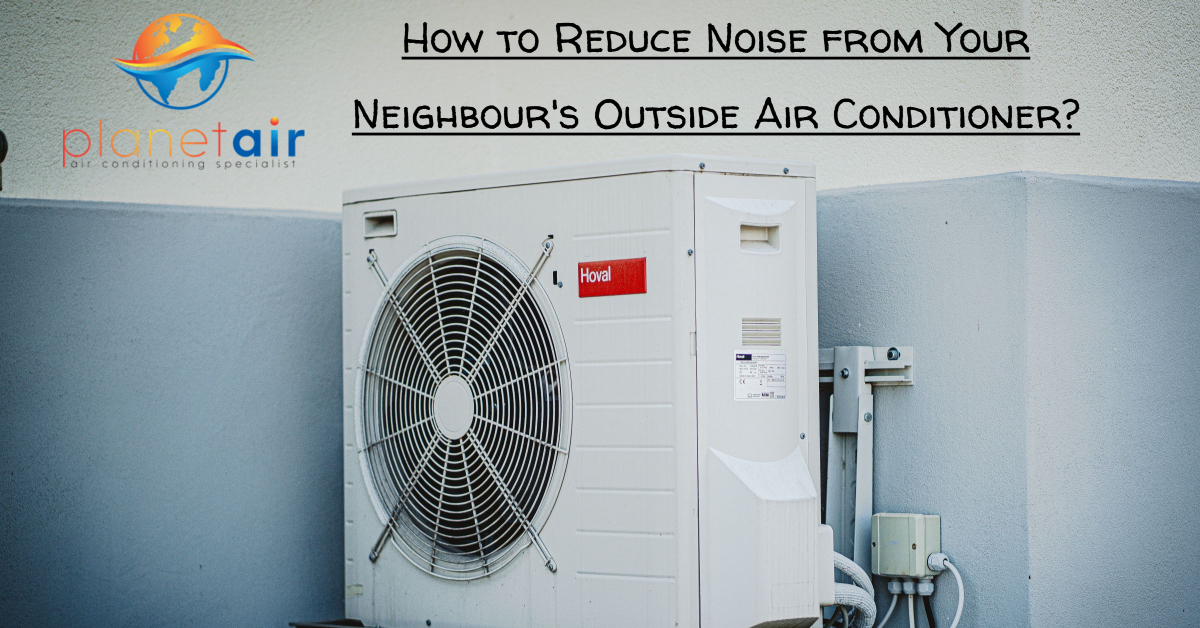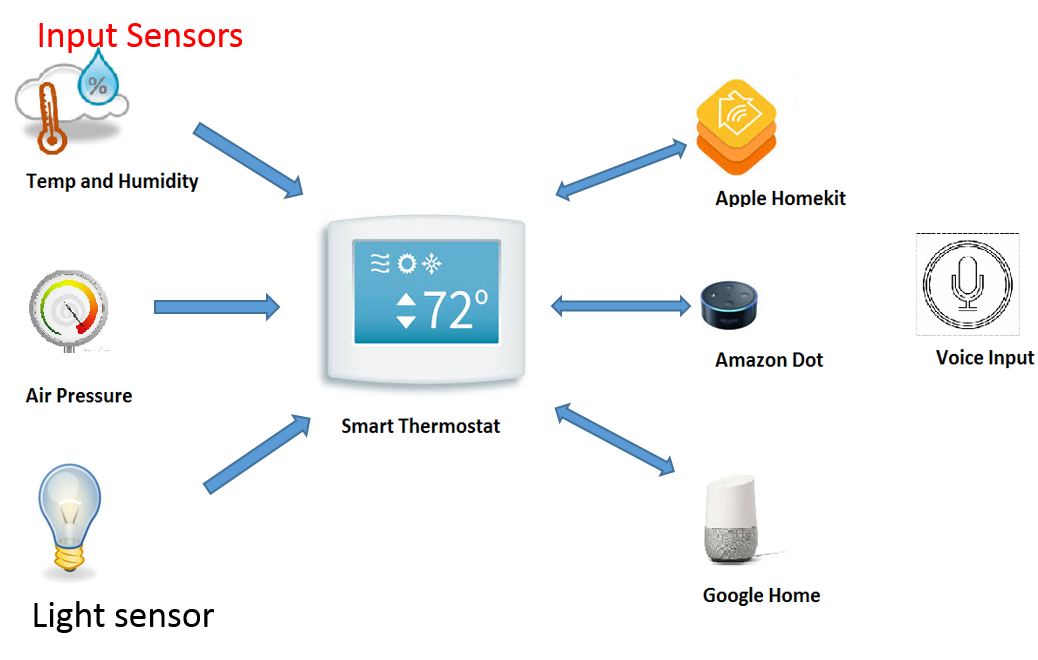How to Insure Home Exteriors Against Weather Damage
Exploring the realm of protecting home exteriors from weather damage, this article delves into crucial strategies and insights to safeguard your property.
Delve into the various aspects of weather-related damage and how insurance can play a vital role in mitigating risks.
Understanding Weather Damage
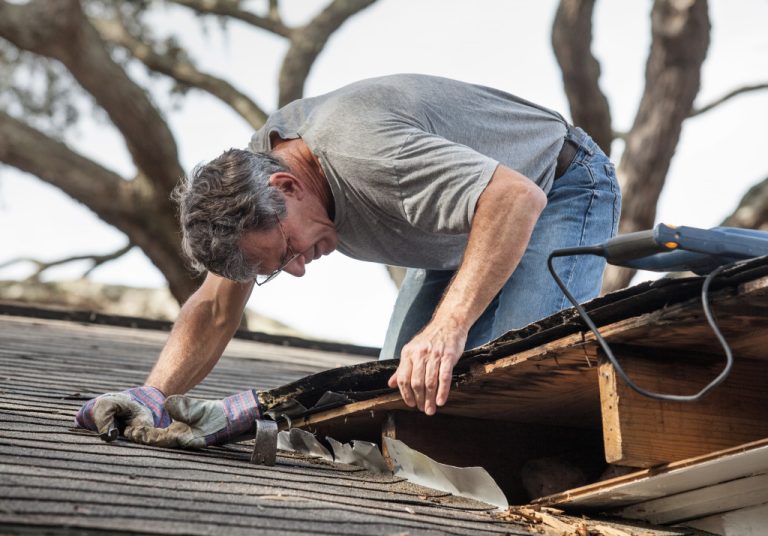
Weather damage in the context of home exteriors refers to the harm caused by various weather conditions such as storms, heavy rain, hail, wind, snow, and extreme temperatures. These natural elements can impact the exterior surfaces of a home, leading to structural issues and aesthetic damage.
Common Types of Weather Damage
- Roof Damage: Heavy winds and hail can cause shingles to come loose or break, leading to roof leaks and water damage.
- Siding Damage: Severe storms can damage siding material, causing cracks, dents, or even complete detachment from the structure.
- Gutter Damage: Ice dams and heavy rainfall can clog gutters, leading to water overflow and potential water damage to the home's foundation.
- Window Damage: Hailstorms or flying debris can crack or shatter windows, compromising the home's energy efficiency and security.
Impact of Weather Damage on Structural Integrity
Weather damage can weaken the structural integrity of a home over time if left unaddressed. For example, water seepage from a damaged roof or siding can lead to mold growth, rotting wood, and compromised insulation. This can result in costly repairs and potentially hazardous living conditions for homeowners.
It is crucial to regularly inspect and maintain the exterior of a home to prevent and address weather damage promptly.
Preventative Measures
Protecting your home's exterior from weather damage requires proactive steps to prevent costly repairs down the line. By taking preventative measures, you can ensure the longevity and durability of your property.
Choosing the Right Materials and Coatings
One of the most crucial steps in preventing weather damage is selecting the right materials and coatings for your home's exterior. Consider the following options:
- High-quality siding: Opt for durable materials like vinyl, fiber cement, or metal that can withstand harsh weather conditions.
- Weather-resistant paint: Use a high-quality exterior paint that is specifically designed to protect against moisture, UV rays, and temperature fluctuations.
- Waterproof sealants: Apply sealants to areas prone to water damage, such as around windows, doors, and roof edges, to prevent leaks and rot.
Regular Maintenance is Key
Regular maintenance plays a vital role in preventing weather-related issues and prolonging the lifespan of your home's exterior. Here are some maintenance tasks to consider:
- Clean gutters and downspouts: Regularly remove debris from gutters to prevent water buildup and potential water damage.
- Inspect for cracks and gaps: Check for cracks in siding, windows, and doors, and repair them promptly to prevent water intrusion.
- Trim trees and bushes: Keep vegetation near your home trimmed to prevent branches from causing damage during storms.
Insurance Coverage Options
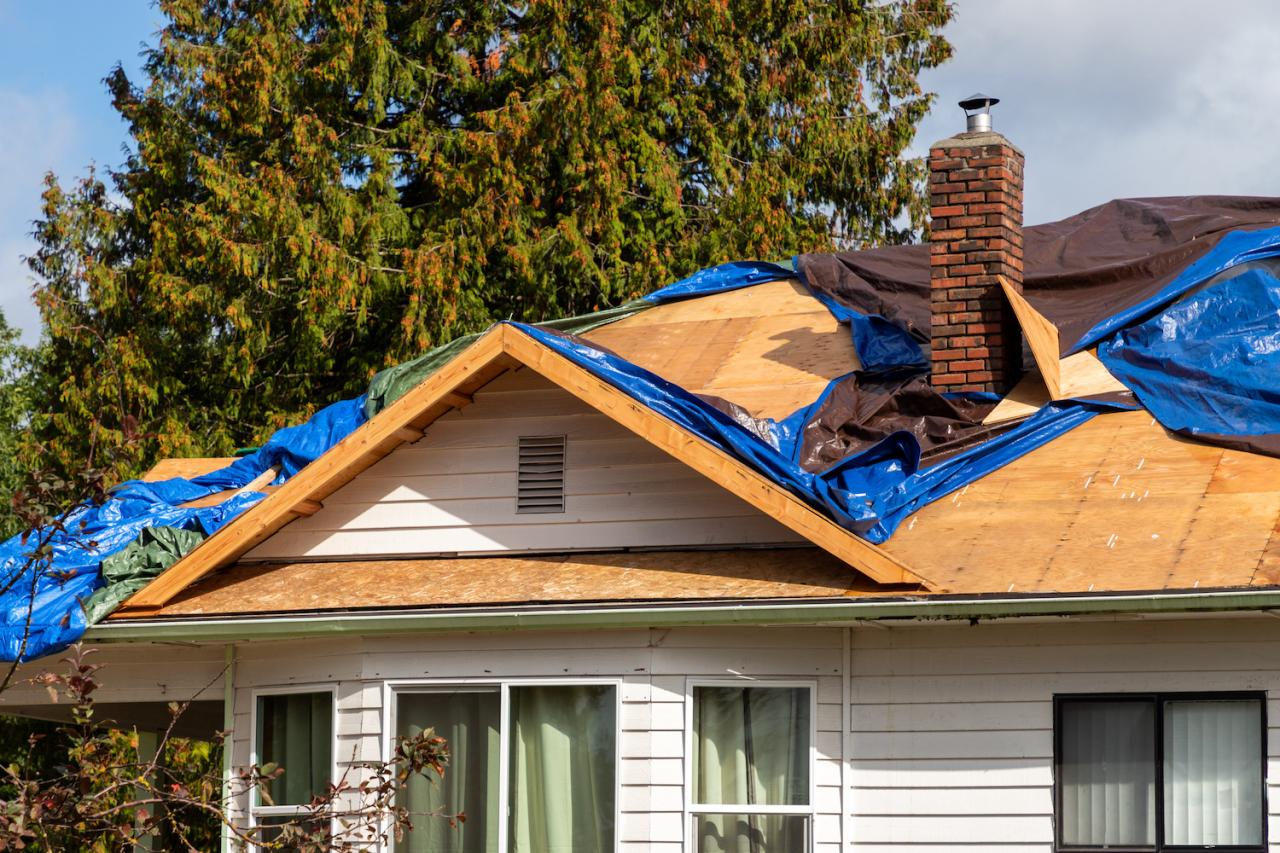
When it comes to protecting your home exterior against weather damage, having the right insurance coverage is crucial. There are different types of insurance policies available to help you safeguard your property and finances in case of any weather-related incidents.
Understanding these options can help you make an informed decision on how to best protect your home.
Types of Insurance Coverage
- Homeowner's Insurance: This type of insurance typically covers a wide range of damages, including those caused by weather events like storms, hail, wind, and lightning. It may also cover damage to the structure of your home, as well as personal belongings.
- Flood Insurance: In areas prone to flooding, it is essential to have separate flood insurance to protect your home against water damage caused by heavy rains, hurricanes, or overflowing rivers.
- Windstorm Insurance: This policy specifically covers damage caused by high winds, such as those from hurricanes or tornadoes. It can help repair or replace any exterior elements of your home damaged by strong winds.
- Hail Insurance: If you live in an area where hailstorms are common, having hail insurance can provide coverage for any damage to your roof, siding, windows, or other exterior components caused by hailstones.
Choosing the Right Insurance Coverage
- Assess Your Risks: Consider the weather patterns in your area and the likelihood of different types of weather-related damage occurring. This will help you determine which insurance policies are essential for your home.
- Review Policy Coverage: Carefully review the coverage details of each insurance policy to understand what is included and excluded. Make sure the policy provides adequate protection for your home exterior against potential weather damage.
- Compare Quotes: Obtain quotes from multiple insurance providers to compare premiums, coverage limits, deductibles, and any additional benefits offered. Choose a policy that offers the best value for your specific needs.
- Consult with an Agent: If you are unsure about the type of insurance coverage you need for your home exterior, consult with an insurance agent who can provide expert guidance and help you tailor a policy to suit your requirements.
Filing Claims and the Claims Process
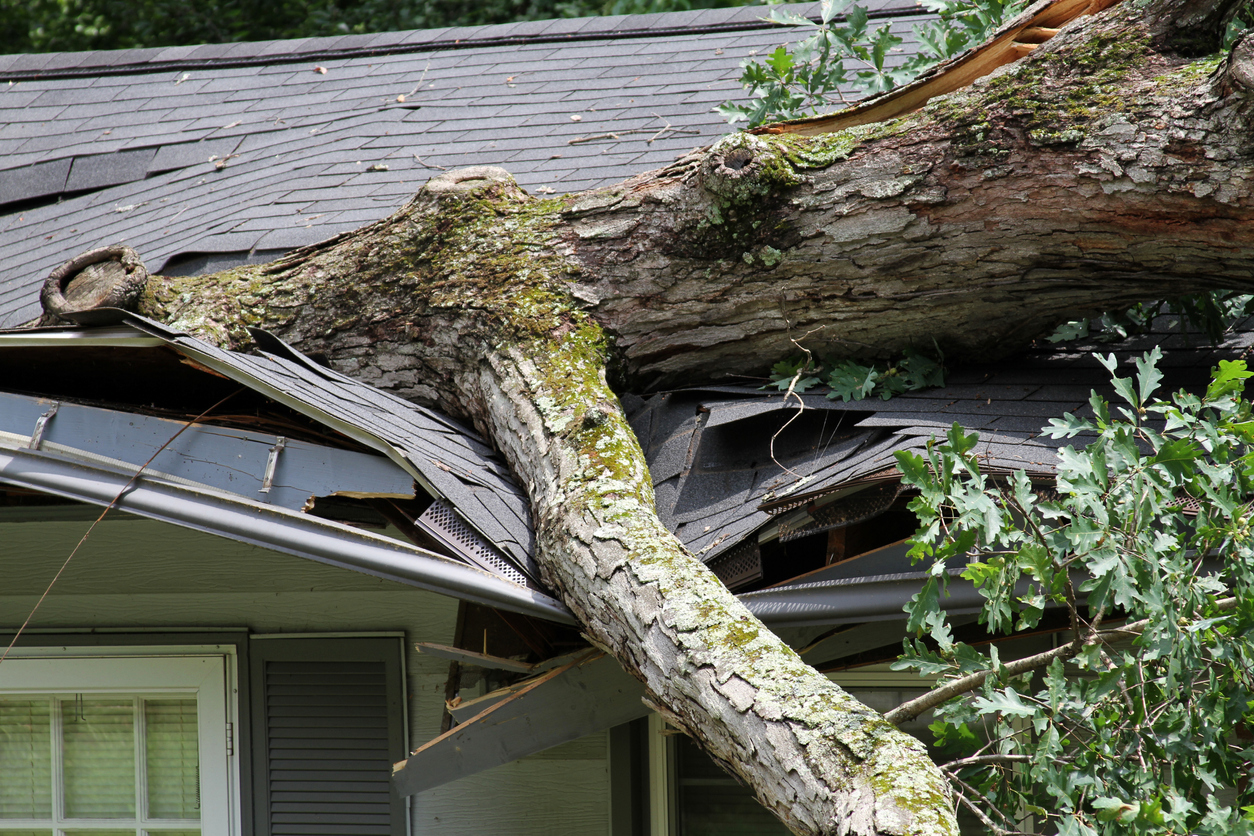
When it comes to filing a claim for weather damage to your home exterior, it's important to understand the steps involved in the process to ensure a successful outcome. Here, we will discuss the common pitfalls to avoid and provide guidance on what to expect during the claims process.
Steps in Filing a Claim
- Contact your insurance company: Notify your insurance provider as soon as possible after discovering the damage to initiate the claims process.
- Document the damage: Take photos and videos of the affected areas to provide visual evidence of the extent of the damage.
- Obtain estimates: Get repair estimates from reputable contractors to submit to your insurance company for review.
- Cooperate with the adjuster: Work closely with the insurance adjuster to assess the damage and determine the coverage amount.
- Review the settlement: Once the claim is processed, review the settlement offer carefully to ensure it covers all necessary repairs.
Common Pitfalls to Avoid
- Delay in reporting the damage: Notify your insurance company promptly to avoid any issues with the claims process.
- Insufficient documentation: Make sure to document the damage thoroughly with photos and detailed descriptions.
- Using unlicensed contractors: Always hire licensed and reputable contractors for repairs to prevent claim denials.
- Accepting the initial settlement: Don't feel pressured to accept the first settlement offer if you believe it's inadequate.
Guidance for a Successful Outcome
- Stay organized: Keep all communication and documentation related to the claim in one place for easy reference.
- Ask questions: Don't hesitate to ask your insurance company or adjuster for clarification on any aspect of the claims process.
- Be patient: The claims process can take time, so remain patient and follow up with your insurance company as needed.
- Seek professional help if needed: If you encounter any difficulties during the claims process, consider consulting a public adjuster for guidance.
Concluding Remarks
In conclusion, ensuring your home exteriors are adequately insured against weather damage is a proactive step towards safeguarding your property's longevity and value. Dive into the world of insurance options and protective measures to fortify your home against the elements.
User Queries
What does weather damage encompass?
Weather damage includes any harm caused to home exteriors due to natural elements like rain, wind, hail, and snow.
How can homeowners prevent weather damage?
Homeowners can prevent weather damage by ensuring proper maintenance, using durable materials, and promptly addressing any signs of wear or damage.
What factors should be considered when choosing insurance coverage for home exteriors?
Factors to consider include the type of coverage offered, coverage limits, deductibles, and the reputation of the insurance provider in handling weather-related claims.
